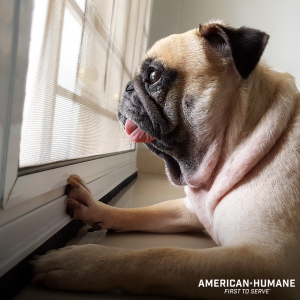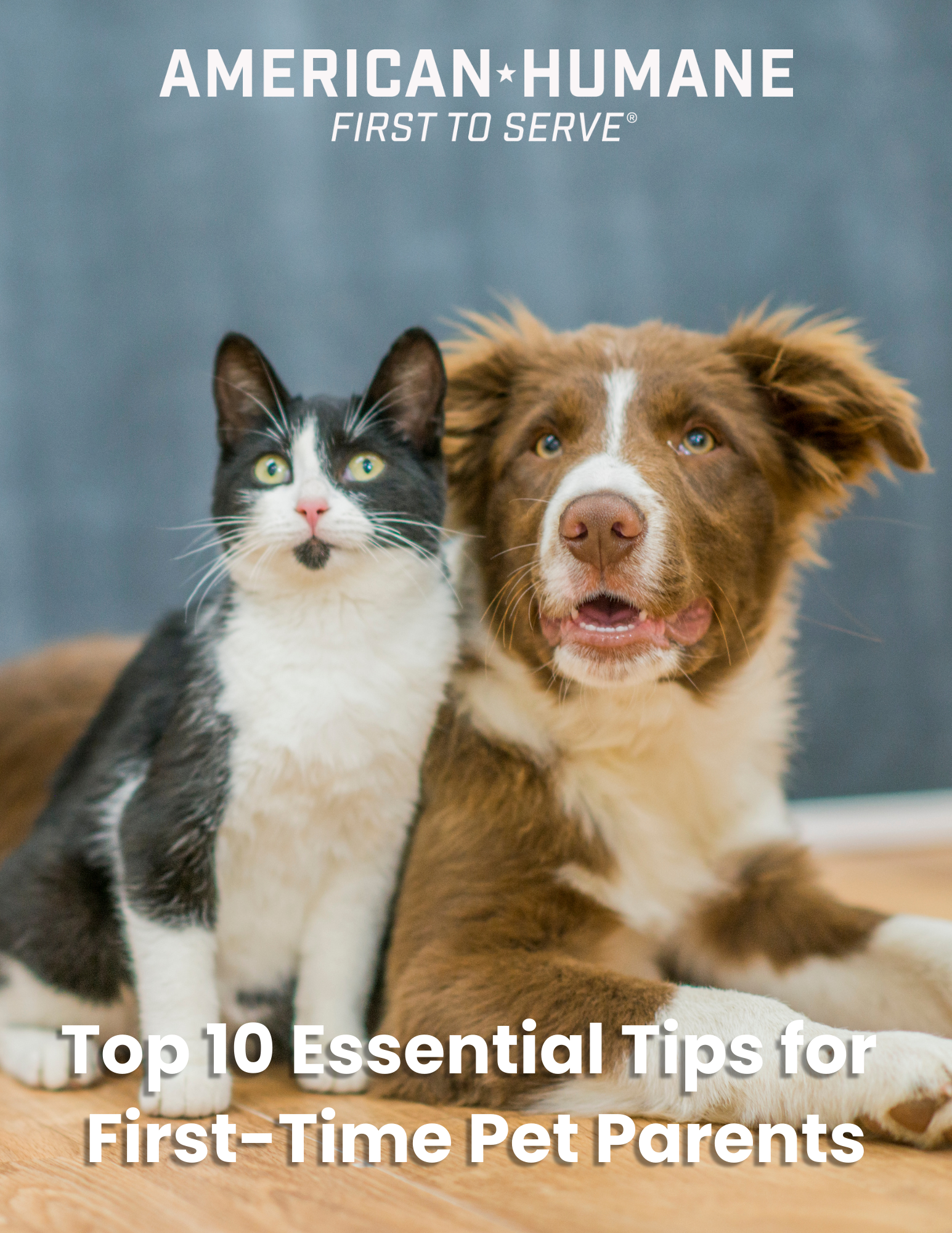
Separation anxiety describes dogs that usually are overly attached or dependent on family members. They become extremely anxious and show distress behaviors such as vocalization, destruction or house soiling when separated from the owners. Most dogs with separation anxiety try to remain close to their owners, follow them from room to room and rarely spend time outdoors alone.
Dogs with separation anxiety vocalize, become destructive or eliminate either as the owners prepare to leave, or shortly after departure. Destructive activity is often focused on owner possessions, or at the doors where owners depart or the dog is confined, and most often occurs shortly after departure.
WHAT CAN YOU DO FOR SEPARATION ANXIETY?
- Don’t punish your dog. Punishment doesn’t correct the behavior, but rather will increase the anxiety and worsen the situation.
- Be certain that your dog has a sufficiently enriched environment and a predictable daily routine.
- All rewards should be identified to ensure that they are only being given for those behaviors that you want to train and not for attention seeking or following.
- During the times when you are interacting with your dog, make sure that you are meeting all their needs for social interactions, play, exercise, training and elimination.
- Since your dog is anxious, you need to begin by making his day calmer and more predictable whether you are home or away. Establish a daily routine so that your dog can begin to predict when he can expect attention and when he should be prepared for inattention.
- Take each of your dog’s most valuable rewards and ask yourself: “What behavior does my dog need to learn?” and “What behavior should I never reinforce?” With separation anxiety you must reinforce your dog for settling down, relaxing and showing some independence, while attention seeking and following behaviors should never be reinforced.
- Try to reduce all forms of anxiety at the time of departure, and at the time of homecoming. In addition, your dog must learn to accept progressively longer periods of inattention and separation while you are at home.
- Before any lengthy departure, provide a vigorous session of play and exercise. This not only helps to reduce some of your dog’s energy and tire them out, but also provides a period of attention. A training session can also be a productive way to further interact and “work” with your dog. For the final 15 to 30 minutes before departure, your dog should be ignored.
- Avoid saying goodbye because this will only serve to bring attention to the departure. Another alternative is to expose your dog to as many of these cues as possible while you remain at home so that they no longer are predictive of departure.
- As you depart, your dog should be kept busy and occupied, and preferably out of your sight, so that there is little or no anxiety. Giving special food treats that have been saved for departures and for the down-stay mat exercises can help keep your dog distracted and perhaps even happy while you leave.
- Work with a veterinary behavior specialist if you are not having luck getting your pup through this difficult process.
References
https://vcahospitals.com/know-your-pet/separation-anxiety-in-dogs

